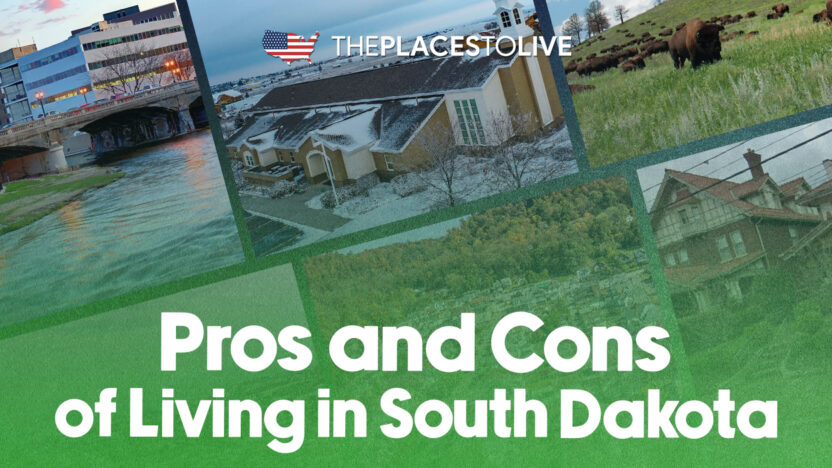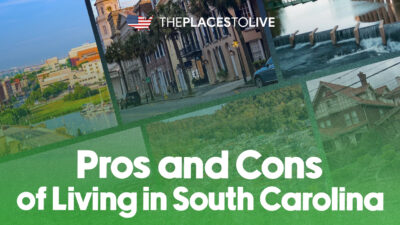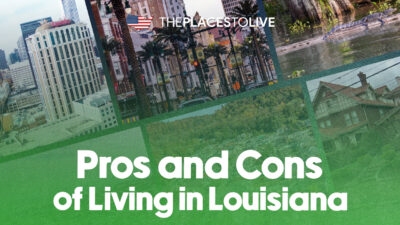Pros and Cons of Living in South Dakota: A Detailed Guide
When considering the pros and cons of living in South Dakota, many factors come into play. This blog post will explore these advantages and drawbacks to help you decide if the Mount Rushmore State fits your lifestyle and needs. We will cover a range of topics—from the benefits and challenges to lifestyle characteristics, quality of life, and practical considerations including economic and environmental factors.
By the end of this guide, you will have a clear understanding of the South Dakota pros and cons so you can make an informed decision about whether moving to this state aligns with your goals. Let’s dive into the unique aspects of living in South Dakota.
Overview of Living in South Dakota
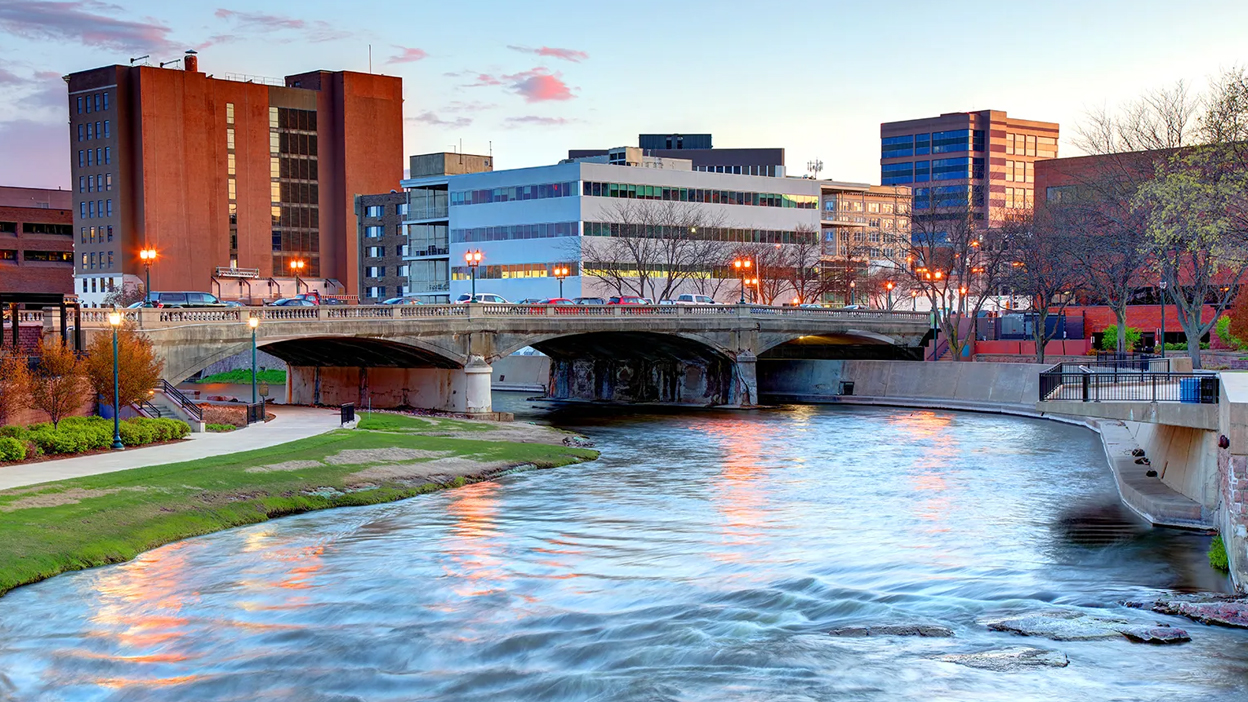
South Dakota, often called the Mount Rushmore State, offers a unique mix of sprawling open plains, forested Black Hills, and the winding Missouri River that shapes much of its geography. This landscape creates a beautiful backdrop for a lifestyle that balances urban conveniences and rural charm.
South Dakota’s living options range from cities like Sioux Falls and Rapid City—offering diverse amenities and job markets—to vast rural areas where the pace of life is much slower and more laid-back. The typical South Dakota lifestyle is community-oriented and deeply connected to outdoor recreation. Residents cherish neighborhood bonds, regional events, and the freedom to enjoy nature just minutes from their doorsteps.
That said, there are South Dakota lifestyle drawbacks, including seasonal extremes and limited cultural activities outside urban centers. However, many appreciate the calmer, safer environment that contributes to the overall South Dakota quality of life. This blend of nature, community, and tranquility forms the heart of living in South Dakota benefits.
Pros of Living in South Dakota
South Dakota boasts several substantial advantages for residents. Let’s examine the main benefits in detail.
Affordable Cost of Living
One of the most appealing living in South Dakota benefits is its low cost of living. According to data from RentCafe and ApartmentList, the overall cost is approximately 7-8% below the national average. Housing costs are notably affordable, with a median home price near $270,000 statewide versus the national median of $340,000.
In addition to housing, other typical expenses such as utilities, healthcare, transportation, and food are consistently lower than in many other states. For example, healthcare costs come in about 8% below the national average, and utility bills in South Dakota tend to be more manageable than average. This financial advantage helps families stretch their budgets further, making homeownership and day-to-day life more affordable.
Moving tip: If you’re planning on relocating, platforms like Zillow provide comprehensive real estate listings to explore affordable housing options. For a smoother transition, consider using reliable moving services such as U-Haul to handle your belongings safely.
Strong Sense of Community and Safety
Another significant perk is South Dakota’s reputation for safety and neighborliness. The state consistently ranks with some of the lowest crime rates in the nation, creating secure environments especially attractive to families. Friendly neighborhoods foster a strong sense of belonging and community support.
For added security, many residents invest in dependable home security systems like SimpliSafe, which provide peace of mind in both urban and rural settings.
Natural Beauty and Outdoor Recreation
South Dakota is a paradise for outdoor enthusiasts. The state offers easy access to iconic landmarks such as the Black Hills, Badlands National Park, and the Missouri River. These areas support a wide variety of activities including hiking, fishing, camping, hunting, and winter sports.
Outdoor gear from trusted brands like REI complements the state’s recreational culture. Whether you’re hiking scenic trails, fishing in the river, or setting up camp under starry skies, South Dakota encourages active lifestyles that enhance both physical and mental well-being.
Economic Opportunities and Low Unemployment
South Dakota’s economy benefits from diversity and stability. Key sectors include agriculture, manufacturing, healthcare, and tourism. This mix helps maintain a competitive job market with relatively low unemployment.
Entrepreneurs also find a supportive environment here, thanks to moderate business regulations and a favorable tax climate. This means more opportunities for growth and career advancement compared to states with volatile job markets.
No State Income Tax
A major financial attraction is South Dakota’s absence of state income tax. This significantly reduces the overall tax burden for residents, increasing disposable income and boosting financial flexibility.
Lower taxes mean that workers keep more of their earnings, which can be especially beneficial for families, retirees, and business owners alike.
Good Education and Healthcare Infrastructure
South Dakota offers quality educational institutions and healthcare facilities, predominantly in larger urban centers like Sioux Falls and Rapid City. Public schools generally perform well, and there are several reputable hospitals and clinics.
Healthcare costs in the state are approximately 8% below the national average, making medical care accessible without excessive financial strain.
Cons of Living in South Dakota
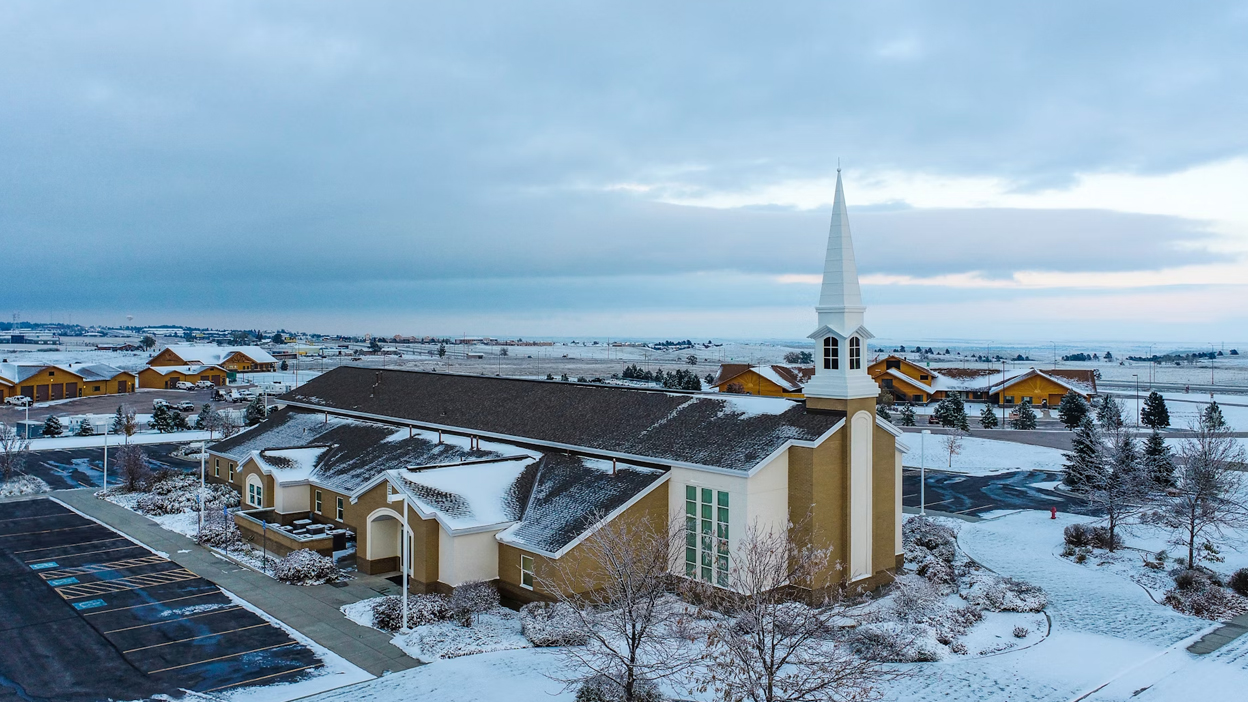
Despite the many benefits, it is essential to understand the South Dakota lifestyle drawbacks to get a complete picture.
Harsh Winters and Weather Challenges
South Dakota winters are long and tough, marked by heavy snowfall, icy conditions, and strong, piercing winds. Many areas experience months of subzero temperatures that affect daily life and travel safety.
Residents must invest in high-quality winter apparel such as jackets from The North Face and boots from Columbia to stay warm and protected during these harsh conditions.
Severe weather can also lead to occasional power outages, so having a portable generator like those from Honda or efficient heating devices such as Dyson heaters ensures comfort and safety during extreme cold snaps.
Limited Entertainment and Cultural Amenities
South Dakota’s smaller population and rural character mean fewer cultural venues and entertainment options, especially outside urban hubs. The state has limited theaters, museums, concert halls, and nightlife compared to larger states or metropolitan areas.
For indoor entertainment during long winters or slower days, many residents rely on streaming platforms like Netflix or Hulu.
Potential Lack of Job Diversity in Some Areas
While cities provide diverse employment opportunities, rural regions often have fewer job options outside agriculture or small businesses. This can require lengthy commutes or relocation to access broader career choices.
This limited job diversity might not suit professionals seeking careers in specialized fields or industries concentrated in major urban centers.
Infrastructure and Public Transport Limitations
Public transit is limited primarily to Sioux Falls and Rapid City, leaving most areas reliant on personal vehicles. Additionally, rural regions may have patchy internet connectivity and limited access to high-speed broadband.
This infrastructure gap can affect work-from-home options, education, and access to services, posing a challenge for residents in more remote locations.
South Dakota Quality of Life
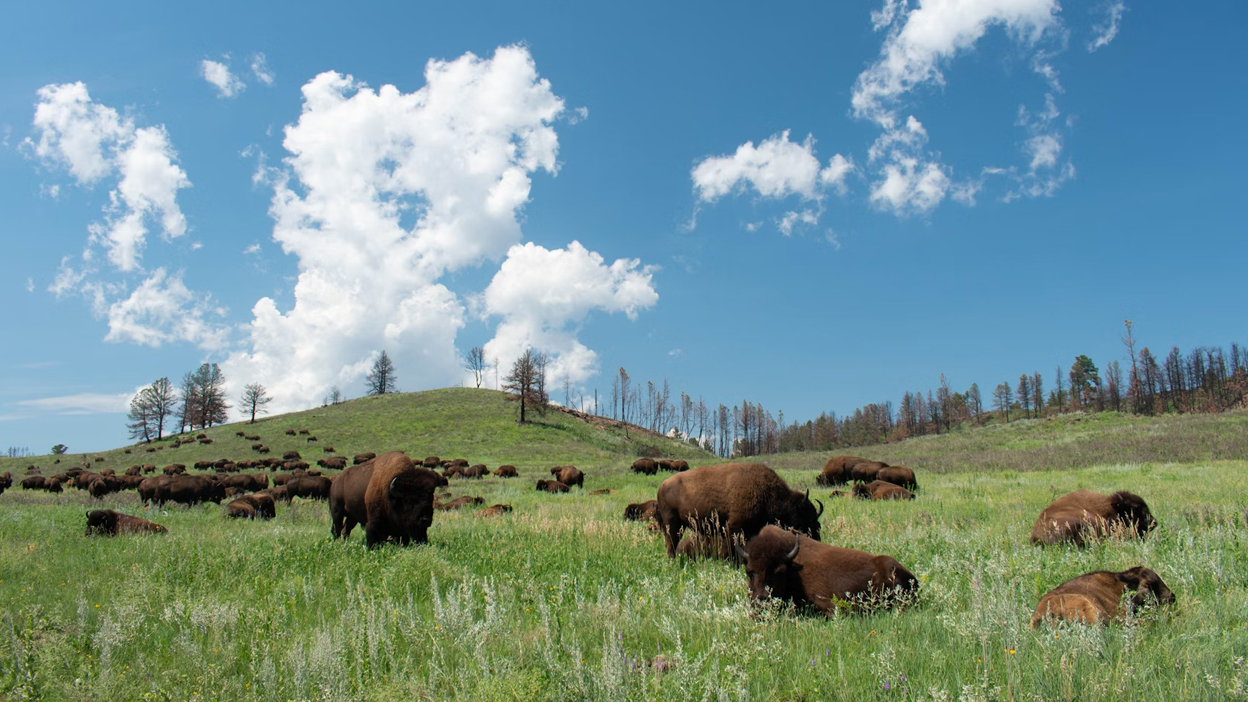
The overall South Dakota quality of life reflects the balancing act between the benefits and drawbacks discussed above. Many people find the state’s blend of affordability, safety, and natural environment appeals to their well-being and happiness.
Urban vs. Rural Living Conditions
Urban centers like Sioux Falls provide a richer mix of amenities, including healthcare services, educational resources, and cultural attractions. These areas suit those seeking a more active social and professional life, with convenient access to facilities.
Rural areas, on the other hand, offer quiet, spacious living with strong community ties and easy access to nature, perfect for those valuing peace and simplicity.
Health and Environmental Factors
South Dakota’s low population density contributes to clean air and low pollution levels. Opportunities for active outdoor lifestyles—through hiking, biking, fishing, and winter sports—support physical health.
The work-life balance also benefits from shorter commutes, less urban congestion, and a general focus on family and community, making South Dakota an appealing place for those emphasizing quality living.
Weighing the South Dakota Pros and Cons
To help visualize the strengths and weaknesses, here’s a comparison table summarizing key aspects:
| Aspect | Pros | Cons |
|---|---|---|
| Cost of Living | 7-8% below national average, affordable housing | Rural areas may lack diverse job markets |
| Taxes | No state income tax | Property taxes exist but are reasonable |
| Community & Safety | Strong community, low crime rates | Fewer cultural venues and entertainment options |
| Weather | Four distinct seasons with scenic beauty | Long, harsh winters requiring preparation |
| Economic Opportunities | Low unemployment, growing sectors | Limited transportation and public transit infrastructure |
| Education & Healthcare | Good quality in cities | Limited access to services in rural locations |
| Lifestyle | Outdoor activities, natural beauty | Limited nightlife and arts scene outside cities |
This table highlights the trade-offs involved and can guide you to consider what aspects matter most to your lifestyle.
FAQs
What is the weather like year-round in South Dakota?
South Dakota experiences all four seasons distinctly. Summers can be warm and pleasant, while winters are notably harsh with heavy snowfall, freezing temperatures, and frequent winds, lasting several months.
How affordable is housing compared to other states?
Housing in South Dakota is about 12% cheaper than the national average. The median home price is approximately $270,000, significantly below the national median of $340,000.
Are there good schools and hospitals?
Yes, especially in urban centers like Sioux Falls and Rapid City, you’ll find quality schools and medical facilities. Rural areas may face some limitations with fewer specialized services.
What recreational activities can residents enjoy?
South Dakota’s natural landmarks offer hiking, fishing, hunting, camping, and winter sports opportunities. Popular destinations include the Black Hills and Badlands National Park.
How safe is South Dakota for families?
South Dakota generally experiences low crime rates, making it one of the safer states with secure communities ideal for families.
Conclusion
In summary, the pros and cons of living in South Dakota paint a picture of a state that offers affordable living, strong community roots, ample outdoor recreation, and a favorable tax environment. However, challenges such as cold winters, limited cultural activities, job diversity constraints in rural areas, and transportation limitations accompany these advantages.
Ultimately, the South Dakota pros and cons depend on individual priorities. If you value safety, low cost of living, and connection to nature, South Dakota’s lifestyle benefits could be ideal. Conversely, if you require a bustling cultural scene or diverse career opportunities, some South Dakota lifestyle drawbacks might outweigh the positives.
Use this comprehensive overview to assess how South Dakota fits your vision of a good quality of life. Weighing both sides carefully will help you make the best decision for your future in the Mount Rushmore State.
Thank you for reading this detailed guide on the pros and cons of living in South Dakota!


